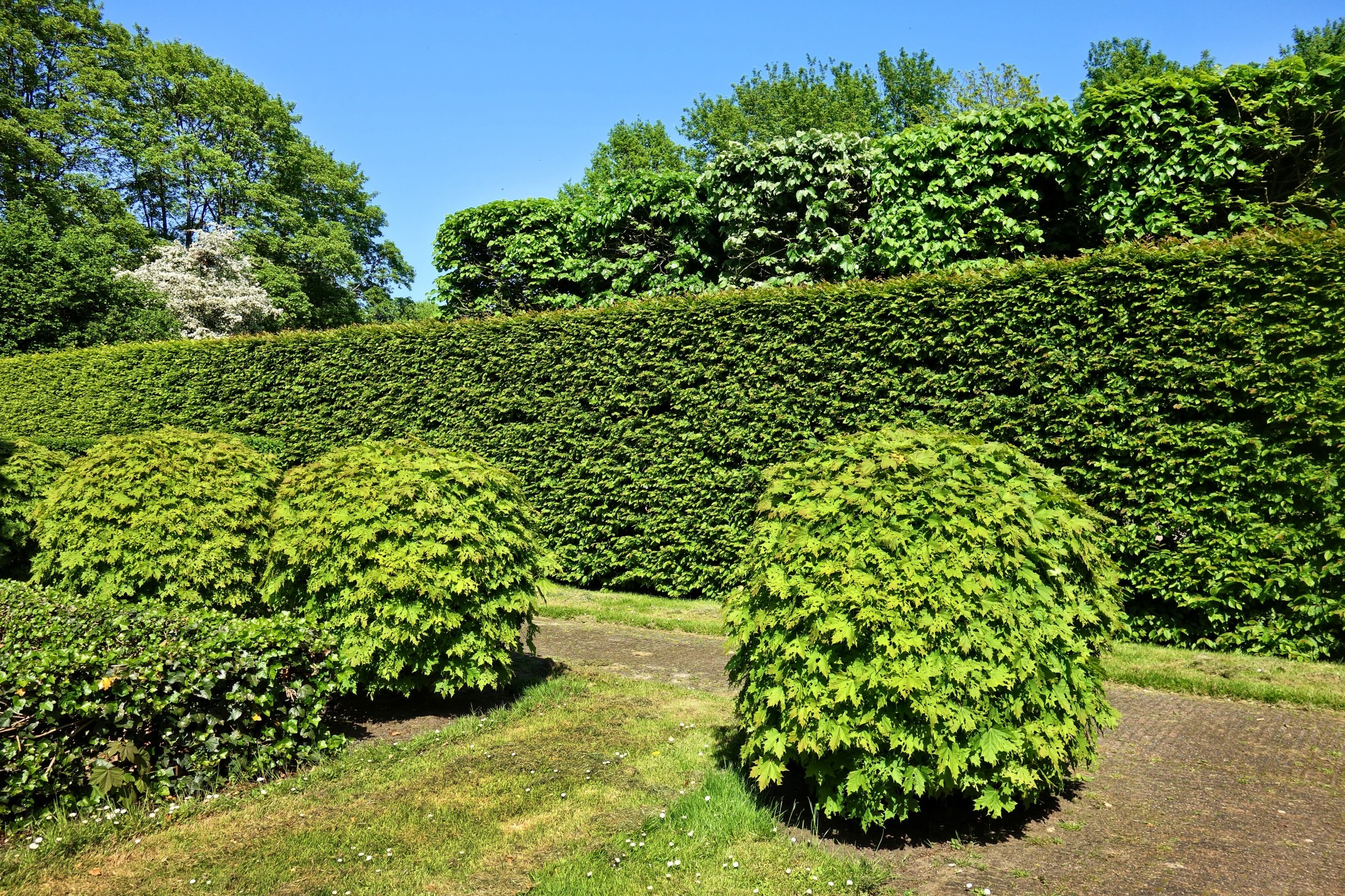When it comes to the world of landscaping you may have heard of the term softscape and hardscape.
If you’re not sure what these terms mean, then you’ve come to the right place. We’ll break down the differences and how these elements are used to create the perfect landscape design for your home.
Continue reading to discover what softscape is, how it is used, and learn more about your options.
What Does Softscape Mean?
The definition of softscape is quite simple. When referring to landscape design, the softscape is anything that comprises the living elements or horticultural of landscape design. Ultimately, it is referring to the plants themselves.
Professional landscape designers will use both softscape and hardscape elements to create a balanced effect. Therefore you’ll see hardscape elements such as stone walls, tile patios, wooden pergolas, and brick walkways intermingled with plants. This adds to both the decorative and practical appeal.
Hardscape is also things like a paved driveway and the light posts lining it. If a landscape has too much of one or the other, it can make or break the appeal of your yard.
For example, too much paving or rocks can make your yard look cold or commercial. While too many plants can seem unruly or cluttered. A professional landscaper’s eye will know how to incorporate both in order to create a design with stunning curb appeal.
Common Softscape Myths
Although the term softscape is very simple to explain, it is often misunderstood. Some will assume that the softscape of a landscape design is anything that is soft. However, this is not the case.
For example, it goes without saying that a large oak tree is a living plant. Therefore it is considered part of the softscape. Yet they aren’t necessarily soft to the touch. This is also true of things like shrubs and bushes.
In order to fall under the softscape category in design, the object just has to be a living plant. It doesn’t need to be soft, so the term can be misleading to some. Therefore shrubs, succulents, flowers, and trees are all considered softscape.
Bring Life to Your Landscape
Now that you understand the term softscape, you can tell that there are a lot of plants to choose from that fall under this category. There are so many types of annuals, perennials, and biennials it can be overwhelming!
Annual plants are often displayed at garden centers in late spring. They are great ways to add color since they often produce beautiful flowers. Annual plants include petunias, zinnias, and marigolds. What makes them annuals is that they complete their life cycle in one growing season.
Meaning, your plant will die by the end of the season and not return the following year. For this reason, you don’t want to only plant annuals in your landscape. That’s where perennials and biennials come in.
Perennials typically have a longer life cycle than annuals unless you live in a region that is too cold for a particular plant. They can have a life cycle of three years or longer.
The herbaceous category of perennials come back year after year with the proper care. Biennials are unique in that they complete their life cycle in two years and then die.
Perfect Balance: Softscape vs. Hardscape
When it comes to planning out the perfect landscape design, it takes a natural balance between the softscape and hardscape elements in your yard.
This can be done effectively with even the smallest of yards. Shrubs can be used to dress up fencing or rock walls. Raised planters and pedestals can draw the eye to the vertical as well as horizontal space.
There are even ways to make a small yard look larger using hardscape and softscape features that add height or curvature. There are also things to consider, such as drainage and drought tolerance, that can depend on each individual climate and area.
Enhance Your Curb Appeal
Now that you understand the difference between softscape and hardscape, you may be overwhelmed by the sheer amount of options to choose from.
While it may be simple to understand, each yard is completely different and there’s also your region to consider. Figuring out how to put it all together can become complex quickly.
If you’d like help to enhance your yard’s curb appeal then we can help. Check out our site to gain expert advice on implementing softscape in your yard!

